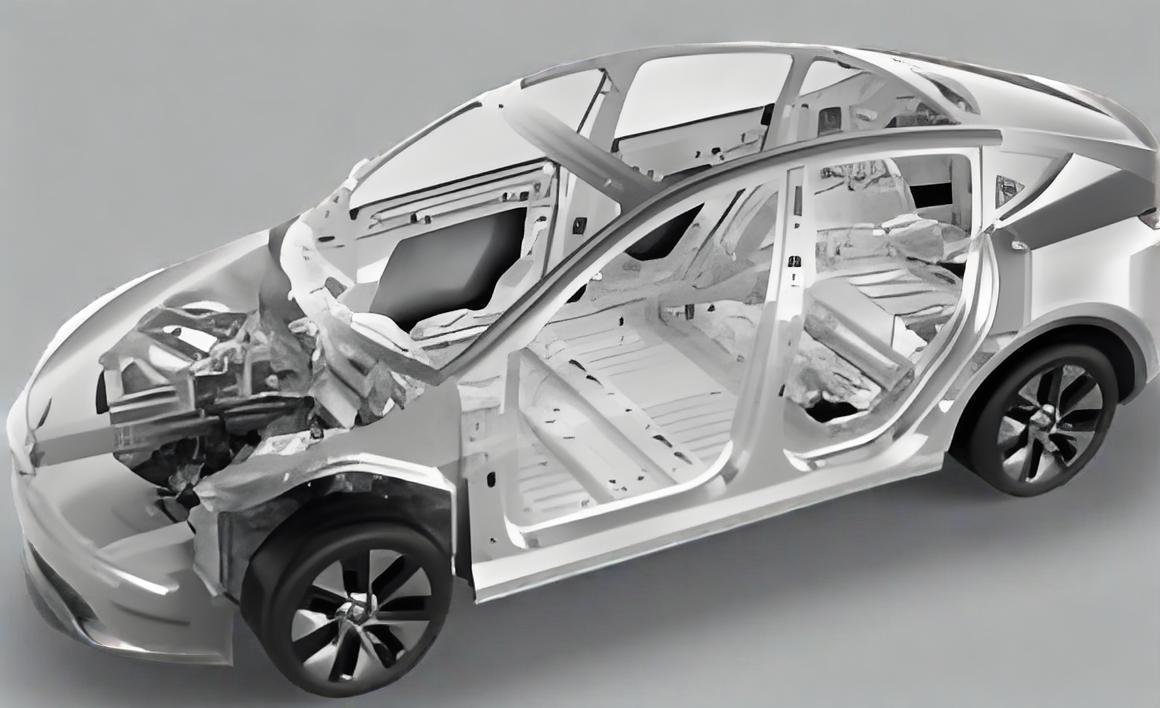Aluminum substrates are metal-clad laminates with excellent thermal dissipation properties. A standard single-layer structure comprises three components: circuit layer (copper foil), insulating layer, and metal substrate. For high-end applications, a five-layer configuration (e.g., circuit layer/insulating layer/aluminum substrate/insulating layer/circuit layer) may be used. Multilayer aluminum substrates are rare but achievable through bonding with aluminum-based adhesives or insulating layers.
Key Features of LED Aluminum Substrates
Aluminum substrates for LEDs are specialized printed circuit boards (PCBs) with aluminum alloy cores. Unlike traditional FR-4 fiberglass boards, aluminum substrates efficiently dissipate heat generated by high-power LEDs. Their structure includes:
Circuit Layer: Copper foil (1 oz to 10 oz thickness).
Insulating Layer: Thermally conductive dielectric material (0.003″ to 0.006″ thickness, UL-certified).
Base Layer: Aluminum alloy or copper (low-alloy Al-Mg-Si-based high-ductility metal for optimal mechanical and thermal performance).
Technical Advantages
- Superior Thermal Management:
- Ultra-low thermal resistance (typically <1.0°C/W) for rapid heat transfer.
- Withstands high current loads and voltage up to 4,500 V.
- Thermal conductivity ≥2.0 W/m·K.
- Mechanical Durability:
- RoHS-compliant and suitable for Surface Mount Technology (SMT).
- Replaces fragile ceramic substrates while maintaining robustness.
- Design Optimization:
- Simplifies heatsink integration, reducing product size and assembly costs.
- Extends component lifespan by lowering operational temperatures.
- Performance Consistency:
- Compatible with PCB line widths and thickness standards equivalent to FR-4.
Industrial Applications
Widely used in:
- High-power LED lighting systems
- Automotive electronics
- Power converters and motor controllers
- RF/microwave devices
Manufacturing Process Overview
- 1.Material Preparation:
- Select aluminum alloy substrate (e.g., 6061-T6) and pretreat surfaces for adhesion.
- 2.Insulating Layer Formation:
- Apply thermally conductive dielectric (e.g., epoxy resin filled with ceramic particles) via coating or pressing.
- 3.Circuit Patterning:
- Etch copper foil using photolithography to create precise circuits.
- 4.Surface Finishing:
- Apply protective coatings (e.g., HASL, ENIG) for solderability and corrosion resistance.
- 5.Quality Assurance:
- Validate thermal resistance, dielectric strength, and mechanical stability per IPC-2221B standards.
Comparative Performance
| Parameter | Aluminum Substrate | FR-4 PCB | Ceramic Substrate |
|---|---|---|---|
| Thermal Conductivity | 1.0–3.0 W/m·K | 0.3 W/m·K | 20–30 W/m·K |
| Dielectric Strength | ≥4.5 kV/mm | 20–40 kV/mm | 10–15 kV/mm |
| Flexural Strength | 300–400 MPa | 200–300 MPa | Brittle |
(Note: Technical terms aligned with IPC-4101 and IEC 61249-2 standards. Critical parameters based on industry test data.)

